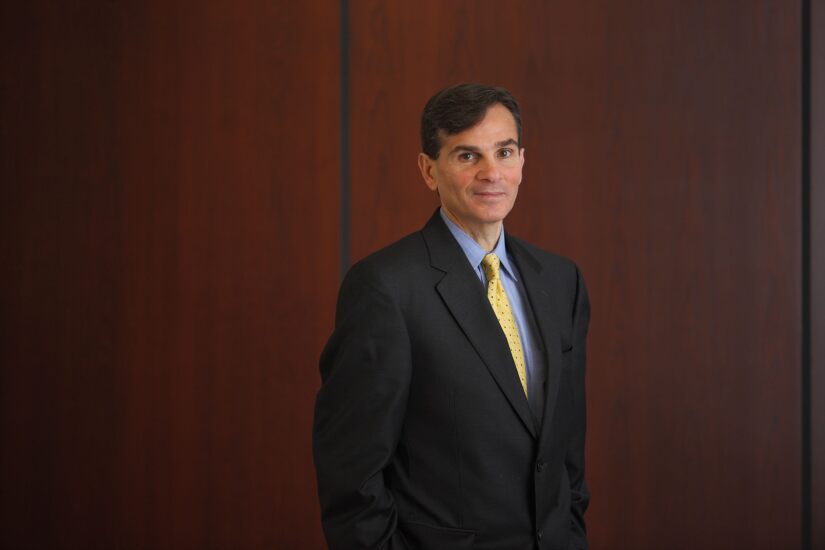When American Banker’s editors huddled to assemble a slide show of executives to watch this year, one major theme emerged: crypto.
Four of the 10 people who landed on the list lead companies that are placing big bets on cryptocurrency, underscoring the fact that digital currencies have rapidly become a central part of the financial system.
They include Jack Dorsey of Twitter and Square fame; Brad Garlinghouse, the CEO of Ripple Labs, which is locked in a high-stakes legal fight with the Securities and Exchange Commission; and a recently elevated cryptocurrency and fintech leader at the company formerly known as Facebook.
Also in the spotlight is Citigroup CEO Jane Fraser, who’s leading the New York megabank through a restructuring; TD Bank Group CEO Bharat Masrani, a key player in bank M&A landscape; and Omer Ismail, who left Goldman Sachs last year to head a Walmart-backed fintech venture.
The full list, featuring executives whose companies are at inflection points or emblematic of industrywide trends, follows.















